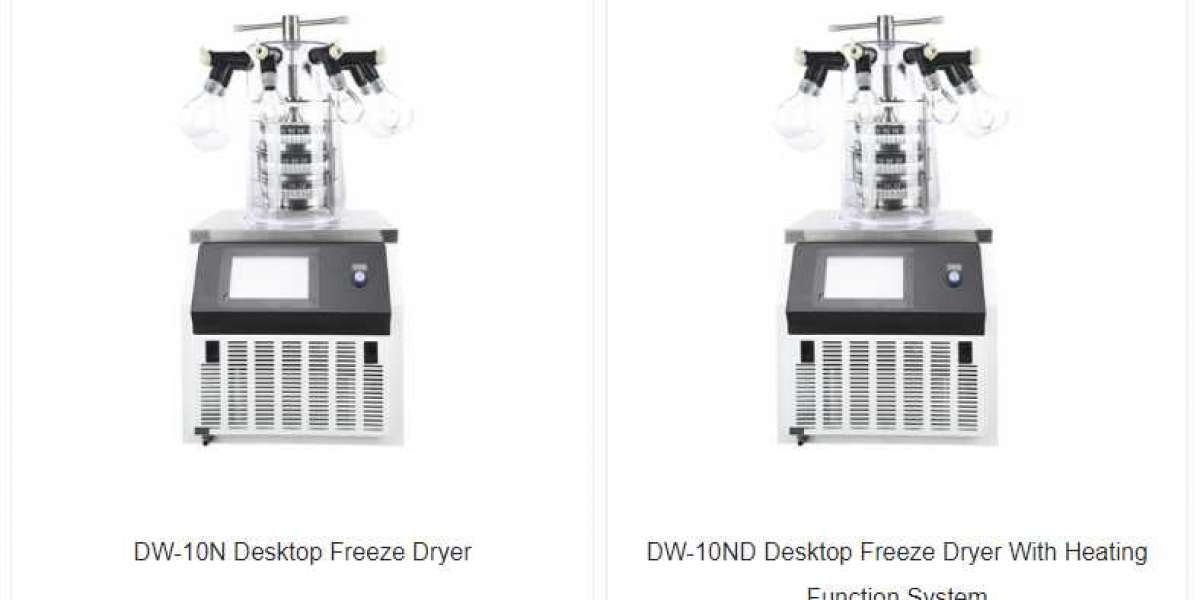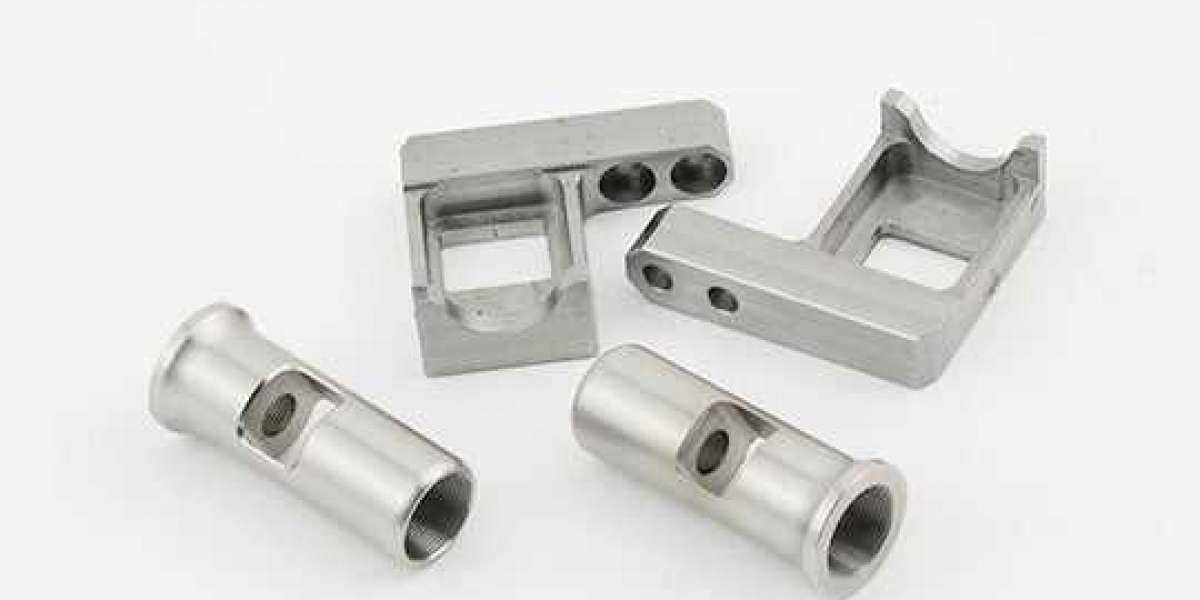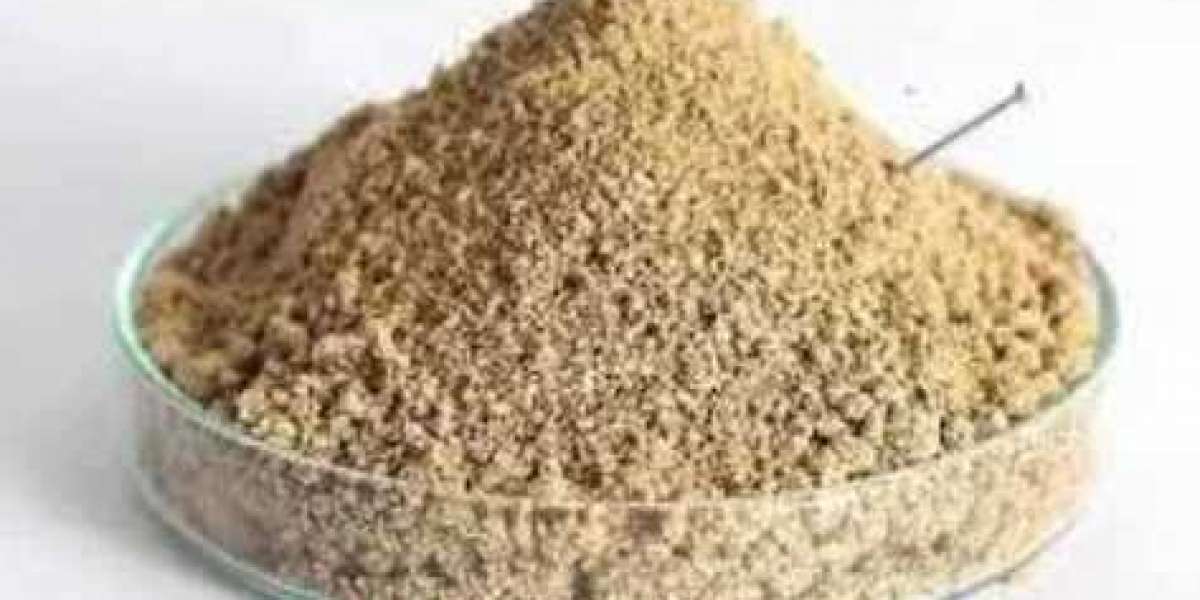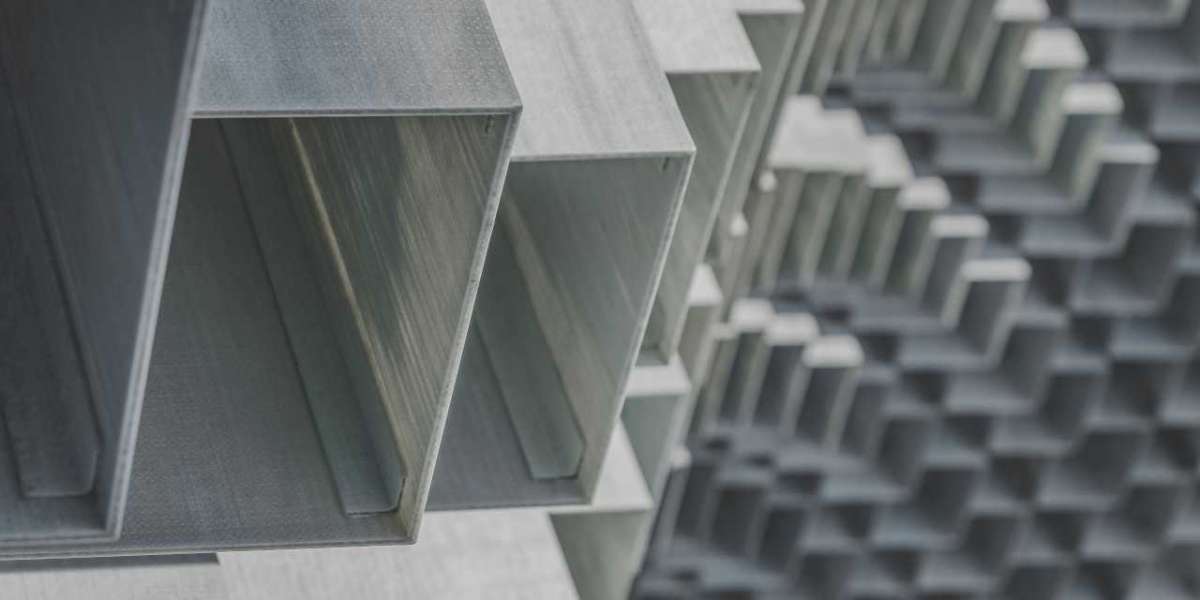Dehydration and freeze drying are two popular methods that can be used to preserve food and other perishable materials. Preserving food and other perishable materials is a common practice. Both dehydrators and freeze dryers are frequently used interchangeably; however, they accomplish their drying in very different ways and provide very different benefits. In laboratory freeze dryer piece, we will investigate the primary distinctions between dehydrators and freeze dryers, shedding light on their distinct procedures, applications, and final products along the way. The Activity Involved in DehydrationThe application of heat to food or other materials in order to cause them to lose their moisture is the process known as dehydration. Dehydrators, which are also referred to as food dryers, typically have trays or racks in which the items to be dried can be placed. After that, heat is circulated to evaporate the moisture content, and vents allow for the escape of air that is still saturated with moisture. The removal of water from food or other materials through the process of dehydration is accomplished primarily through the application of heat and the movement of air.
Principal Characteristics of Dehydrators:1. Drying by means of heat: Dehydrators remove moisture from the food or other substances by subjecting them to temperatures that range anywhere from 35 to 71 degrees Celsius (95 to 160 Fahrenheit), respectively.2. Extended drying times: Dehydration can take anywhere from a few hours to several days, depending on the amount of moisture present and the kind of food or material that is being dried.3. The retention of nutrients Despite the fact that the drying process results in the loss of some nutrients, dehydrators are designed to preserve a sizeable portion of the nutritional value of the food they process.4. Adaptable to a diverse range of uses: Dehydrators are typically put to work in the food preservation industry for the purpose of drying fruits, vegetables, herbs, jerky, and other types of food products. They are also used in the drying of non-food materials such as flowers and herbs in the arts and crafts industry.
Freeze dryers, also known as the freeze drying processLyophilization, also known as freeze drying, is a more complicated and sophisticated method of preserving food that involves removing moisture from the food in a vacuum environment. The freezing, the sublimation, and the desorption processes are the three stages of the freeze drying process. To begin, the food is frozen at temperatures well below zero degrees Celsius. After that, when the pressure is lowered, the frozen water undergoes a process called sublimation, in which it changes directly from the ice phase to the vapor phase without going through the liquid phase. After this step, the system undergoes a procedure known as desorption, which removes the vapor from the system and leaves behind the freeze-dried products.
Important Characteristics of Freeze Dryers:1. Drying through the process of sublimation Freeze dryers use a combination of low temperature and vacuum conditions to remove moisture through the process of sublimation. This results in better preservation of the product's structure and properties.2. A longer time is required for the processing: When compared to dehydration, the process of freeze drying takes a longer amount of time. Depending on the complexity and make-up of the material that is being freeze-dried, the process could take anywhere from a few hours to several days to complete.3. A superior ability to preserve quality because freeze drying causes the least amount of damage to the cellular structure of the material, which results in a superior ability to preserve taste, texture, color, and nutritional content.4. Laboratory freeze dryer are used in a wide variety of industries, including the pharmaceutical industry for the preservation of drugs, the food industry for the preservation of fruits, vegetables, and specialty products, and the scientific research industry for the preservation of biological samples, vaccines, and delicate materials.
Principal Distinctions:Moisture removal process:In order to remove moisture from a substance that is already frozen, a Drawell freeze dryer relies on a process called sublimation, while a dehydrator relies on heat and airflow.
The preservation of the material's structure Freeze drying is superior to dehydration in terms of the taste, texture, and appearance of the material because the structure of the material is preserved during the process
Nutritional preservation: Because freeze drying is a more gentle drying process than dehydration, freeze drying typically preserves a higher percentage of the original nutrients than does the latter method
The amount of time needed to complete the process Dehydration typically takes significantly less time than freeze drying, which typically entails multiple stages and significantly more time
Both dehydrators and freeze dryers are useful pieces of equipment for preserving food and other materials, but in very different ways. Dehydrators rapidly remove moisture through the application of heat and airflow, which enables them to be utilized in a diverse array of settings. On the other hand, freeze dryers use sublimation in a vacuum environment, which results in superior preservation of flavor, texture, and nutritional content than other drying methods. When it comes to the preservation process, selecting either a dehydrator or a freeze dryer to use depends on the particular requirements and outcomes that are desired.









